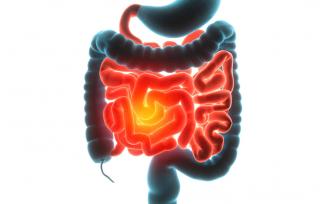News
- Dietary antioxidants and risk of Parkinson's disease
04 Oct 17
- Curcumin for Beta-Thalassemia
04 Oct 17
- Perimenstrual Pain and Discomfort and alternative medicine
04 Oct 17
- Yoga for middle school adolescents
29 Aug 17
- Use of complementary and alternative medicine in children
29 Aug 17
- No Association between Vitamin D and skin aging
29 Aug 17
- Topical therapies for Psoriasis
29 Aug 17
- Effects of Pre-Workout Beverage on Exercise
29 Aug 17
- Polyphenols for Rosacea Treatment
04 Aug 17
- Acupuncture for Vertigo
04 Aug 17
- N-Acetylcysteine for Obsessive Compulsive Disorder
04 Aug 17
- Vitamin D and lung cancer risk and outcomes
04 Aug 17
- Vitamin D for Polycystic Ovary Syndrome
04 Aug 17
- Niacin Intake and Risk of Skin Cancer
11 Jul 17
- Acupuncture for Treating Depression-Related Insomnia
11 Jul 17











